Ondansetron 4 mg for Cats: Effective Solution for Nausea and Vomiting Relief
Cats, like humans, can suffer from nausea and vomiting due to various medical conditions, making it a challenge for pet owners to ensure their feline companions stay hydrated, nourished, and comfortable. One of the most commonly prescribed medications for managing nausea and vomiting in cats is Ondansetron 4 mg Tablets. This antiemetic medication works effectively to control nausea and vomiting, particularly in cases caused by chemotherapy, surgery, gastrointestinal disorders, and more.
What is Ondansetron 4 mg for Cats?
Ondansetron is an antiemetic (anti-vomiting) drug originally developed for humans to manage nausea and vomiting caused by chemotherapy treatments. However, it has been found to be equally effective in veterinary medicine, particularly for managing nausea and vomiting in dogs and cats. Ondansetron 4 mg Tablets for Cats are commonly prescribed to control nausea and vomiting in cats suffering from a variety of medical conditions.
Ondansetron works by blocking the action of serotonin, a neurotransmitter that can trigger vomiting when it binds to certain receptors in the brain and gastrointestinal tract. It is most commonly prescribed in the following situations:
- Chemotherapy-Induced Nausea: Ondansetron helps manage nausea and vomiting caused by chemotherapy treatments, which is a common side effect for cats undergoing cancer treatment.
- Gastrointestinal Disorders: Cats suffering from gastrointestinal conditions, such as inflammatory bowel disease (IBD), gastritis, or pancreatitis, often experience nausea and vomiting. Ondansetron is used to reduce these symptoms, improving the cat’s comfort.
- Post-Surgical Recovery: After surgery, cats may experience nausea due to anesthesia or the stress of recovery.
- Motion Sickness: Ondansetron may be used off-label to control nausea caused by motion sickness, especially during travel.
Indications for Ondansetron 4 mg in Cats
Ondansetron 4 mg is primarily used to control nausea and vomiting in cats caused by various conditions:
- Chemotherapy-Induced Nausea and Vomiting: Ondansetron is commonly prescribed to manage nausea caused by chemotherapy, helping cats maintain hydration and comfort during cancer treatment.
- Gastrointestinal Disorders: Effective for nausea and vomiting due to inflammatory bowel disease (IBD), gastritis, pancreatitis, or GI irritation, Ondansetron reduces vomiting and promotes recovery.
- Post-Surgical Recovery: After surgery, cats may experience nausea from anesthesia or stress. Ondansetron helps minimize these symptoms, encouraging eating and drinking for faster healing.
- Motion Sickness: Although not a primary indication, Ondansetron can be used off-label to manage nausea and vomiting caused by motion sickness during travel.
- Chronic Liver or Kidney Disease: Cats with liver or kidney disease often suffer from nausea due to toxin buildup.
- Gastroparesis/Delayed Gastric Emptying: Ondansetron is used to reduce nausea caused by delayed stomach emptying or motility disorders like gastroparesis.
Benefits of Ondansetron 4 mg for Cats
Ondansetron 4 mg provides several key benefits for cats suffering from nausea and vomiting caused by a variety of conditions. Here’s how it helps:
- Reduces Nausea and Vomiting:
- Main Benefit: Ondansetron effectively controls nausea and vomiting, especially from chemotherapy, gastrointestinal disorders, or post-surgical recovery.
- How It Helps: By blocking serotonin receptors in the brain and gastrointestinal system, it prevents the vomiting reflex, allowing cats to feel more comfortable.
- Improves Hydration:
- Main Benefit: Vomiting can lead to dehydration, which can worsen a cat’s condition.
- How It Helps: By reducing vomiting, Ondansetron helps prevent dehydration, making it easier for cats to stay hydrated and maintain fluid balance.
- Stimulates Appetite:
- Main Benefit: Nausea often leads to a lack of appetite, further complicating recovery.
- How It Helps: By reducing nausea, Ondansetron encourages cats to eat and drink, helping them maintain necessary nutrition, especially during recovery from illness or surgery.
- Supports Post-Surgery Recovery:
- Main Benefit: After surgery, many cats experience nausea and loss of appetite due to anesthesia or stress.
- How It Helps: Ondansetron aids in reducing these symptoms, helping cats recover faster and more comfortably after procedures.
- Minimizes Stress in Motion Sickness:
- Main Benefit: For cats with motion sickness, Ondansetron can reduce the nausea associated with travel.
- How It Helps: This helps make travel less stressful for both cats and owners, particularly for vet visits or car trips.
- Improves Quality of Life:
- Main Benefit: By controlling nausea, Ondansetron significantly improves a cat’s overall comfort and quality of life, particularly when dealing with chronic or long-term illnesses.
Dosage Guidelines for Ondansetron 4 mg in Cats
Ondansetron 4 mg Tablets are typically administered to cats to manage nausea and vomiting, particularly due to chemotherapy, gastrointestinal issues, or post-surgical recovery.
General Dosage Guidelines:
- Maintenance Dose: After the initial dose, the maintenance dose is usually reduced to 5 mg per kg of body weight, given every 12-24 hours, depending on the condition being treated.
Administration Instructions:
- With Food: If your cat is difficult to medicate, you can crush the tablet and mix it with a small amount of wet food or use a pill pocket.
- Frequency: The frequency of dosing is usually every 12-24 hours, depending on your vet’s recommendations for the condition being treated.
Ondansetron 4 mg for Cats Dosage:
| Cat Weight (kg) | Initial Dose (mg) | Maintenance Dose (mg) | Frequency |
| 1-2 kg | 1-2 mg | 0.5-1 mg | Every 12-24 hours |
| 2-5 kg | 2-5 mg | 1-2 mg | Every 12-24 hours |
| 5-10 kg | 5-10 mg | 2.5-5 mg | Every 12-24 hours |
| >10 kg | 10 mg or more | 5 mg or more | Every 12-24 hours |
Additional Notes:
- Dose Adjustments: For cats with liver or kidney disease, your veterinarian may need to adjust the dosage. Close monitoring is essential in these cases.
- Heart Disease: Cats with pre-existing heart conditions should be closely monitored for any signs of irregular heart rhythms or sedation. The dose may need to be lowered.
Possible Reactions and Precautionary Measures for Ondansetron 4 mg in Cats
While Ondansetron is generally well-tolerated by most cats, it can cause side effects in some cases. Understanding the potential side effects and precautions will help ensure your cat’s safety during treatment.
Side Effects:
- Common Side Effects:
- Sedation: This effect is usually temporary and resolves as the medication wears off.
- Constipation: Some cats may experience constipation as a side effect of Ondansetron.
- Less Common Side Effects:
- Gastrointestinal Upset: Ondansetron can occasionally cause mild gastrointestinal symptoms, such as diarrhea or lack of appetite.
- Dizziness or Disorientation: In rare cases, cats may exhibit signs of dizziness or disorientation due to the sedative effects of the medication.
- Serious Side Effects:
- Allergic Reactions: Though rare, some cats may experience an allergic reaction to Ondansetron. If these symptoms occur, immediate veterinary attention is necessary.
- QT Prolongation: Ondansetron can cause QT prolongation, a heart rhythm abnormality, particularly in cats with pre-existing heart conditions.
Precautions:
- Heart Disease:
- Ondansetron should be used cautiously in cats with pre-existing heart conditions, especially those with arrhythmias. A veterinarian may recommend monitoring the cat’s heart function during treatment.
- Liver or Kidney Issues:
- Cats with liver or kidney disease should be monitored carefully when taking Ondansetron, as their bodies may process the medication more slowly, increasing the risk of side effects. Dosage adjustments may be necessary.
- Pregnancy and Nursing Cats:
- Ondansetron is generally not recommended for pregnant or nursing cats unless deemed absolutely necessary by a veterinarian. The drug’s safety in pregnant or lactating animals has not been fully established.
- Overdose:
- Overdose symptoms may include excessive sedation, irregular heartbeats, or vomiting. If an overdose is suspected, contact your veterinarian immediately for advice and possible treatment.
Evidence-Based Research on Ondansetron for Cats
Clinical research has extensively evaluated Ondansetron 4 mg for cats, particularly in managing nausea and vomiting associated with chemotherapy, gastrointestinal disorders, and post-surgical recovery.
- Chemotherapy-Induced Nausea: Studies show that Ondansetron significantly reduces chemotherapy-induced nausea and vomiting in cats, improving their overall comfort and recovery. It enhances their ability to maintain hydration and appetite, critical for successful cancer treatment.
- Gastrointestinal Disorders: Research indicates Ondansetron’s efficacy in managing nausea related to conditions like inflammatory bowel disease (IBD), gastritis, and pancreatitis. By blocking serotonin receptors, it helps reduce vomiting and promotes a healthier recovery by preventing dehydration.
- Post-Surgical Recovery: Clinical trials support Ondansetron’s role in minimizing nausea and vomiting post-surgery, allowing cats to recover more comfortably and maintain hydration and nutrition, which is vital for healing.
- Safety Profile: Ondansetron has been proven safe for short-term use in cats, with a low incidence of severe side effects. However, ongoing studies focus on its long-term safety, particularly for cats with pre-existing conditions like heart disease or renal failure, where dosage adjustments may be necessary.
- Heart and Kidney Considerations: Research highlights the importance of monitoring cats with heart or kidney disease while using Ondansetron.
Conclusion
Ondansetron 4 mg Tablets for Cats are a vital tool in veterinary medicine for managing nausea and vomiting caused by a wide range of conditions, including chemotherapy, gastrointestinal disorders, post-surgical recovery, and chronic illnesses like liver and kidney disease. By controlling these symptoms, Ondansetron ensures that your cat can maintain hydration, appetite, and overall comfort, leading to better recovery outcomes and improved quality of life. As a well-tolerated antiemetic, Ondansetron offers pet owners a reliable way to help their cats navigate through the challenges of medical treatments or chronic conditions. While its use is generally safe, it’s important to follow the proper dosage guidelines and monitor for any potential side effects, particularly in cats with underlying health issues.







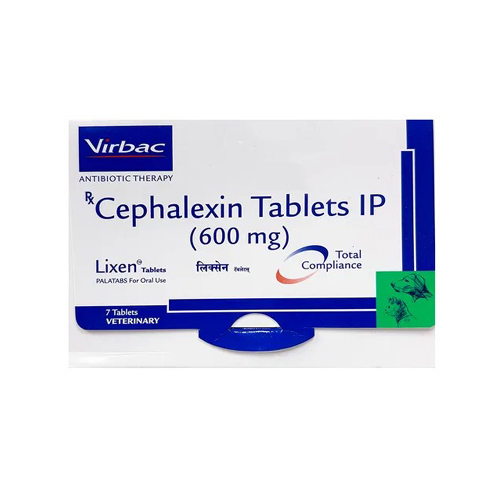
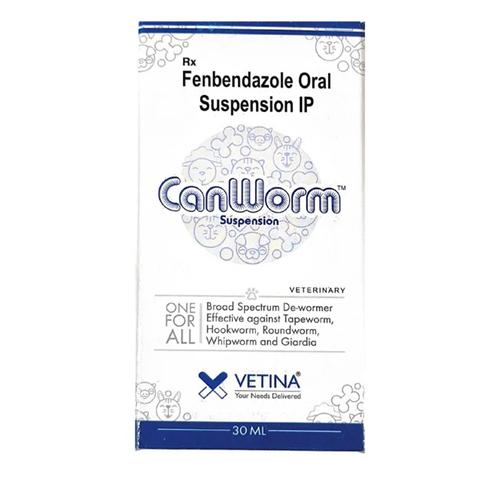





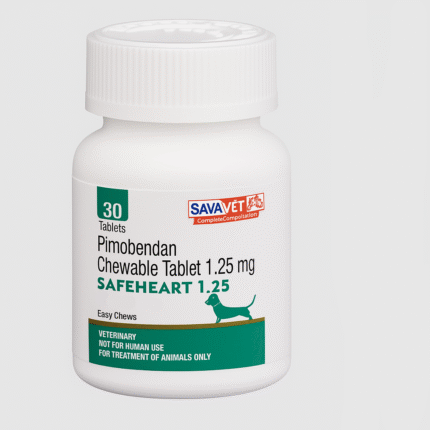
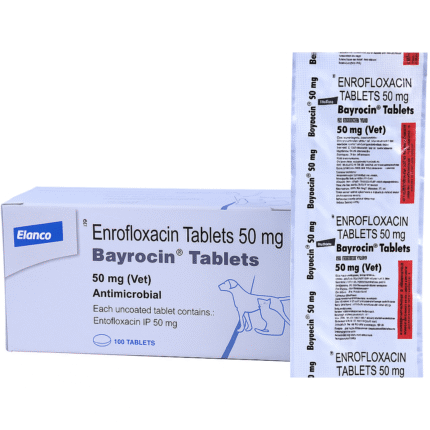
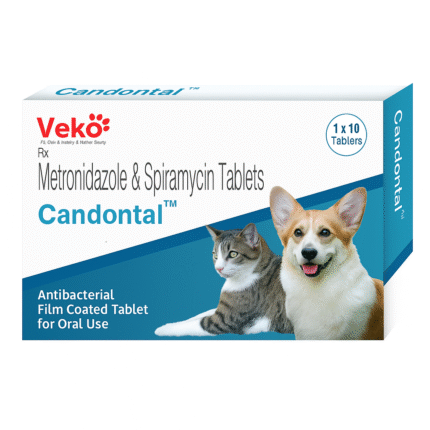
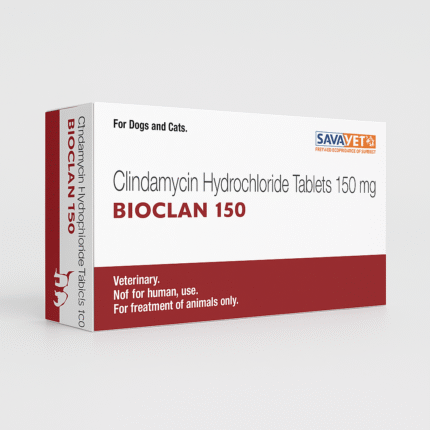
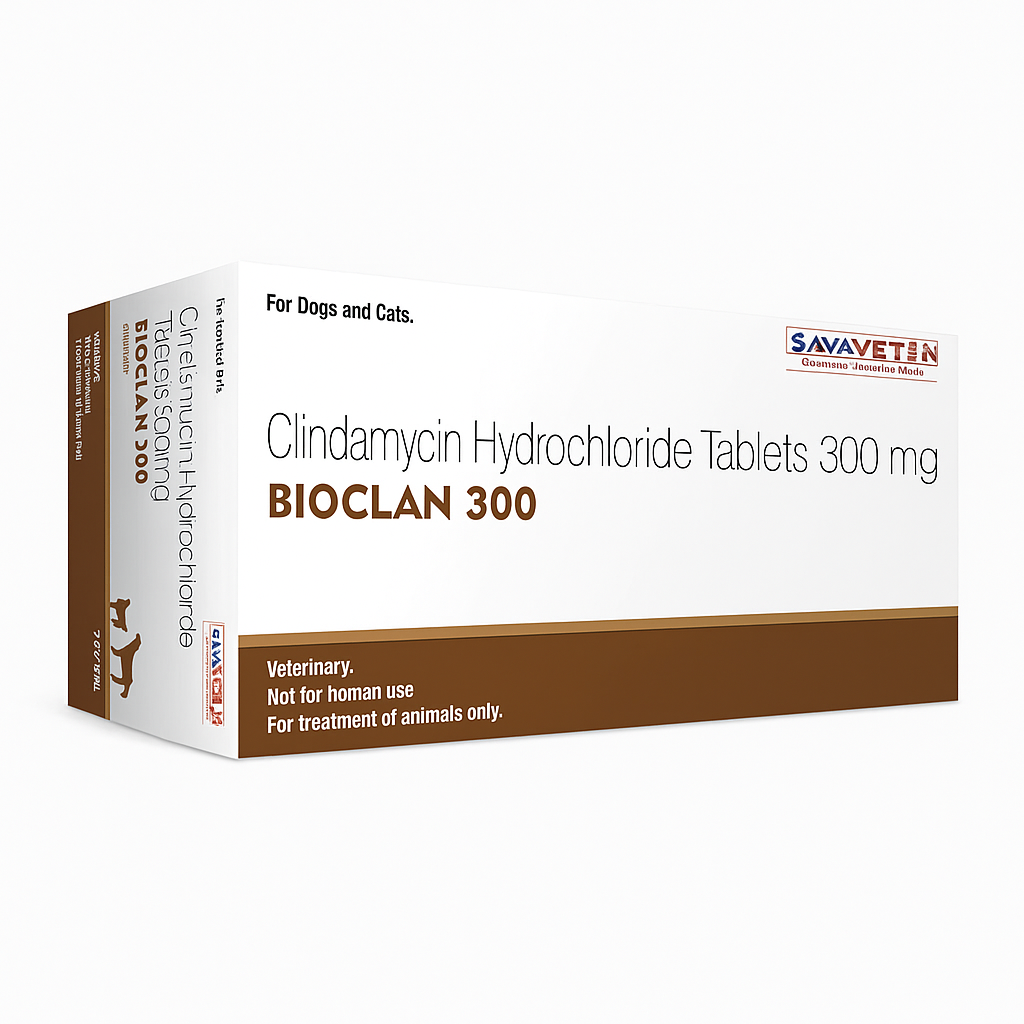
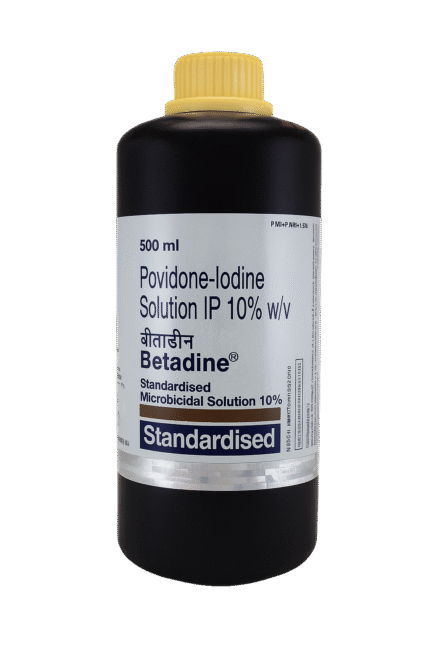
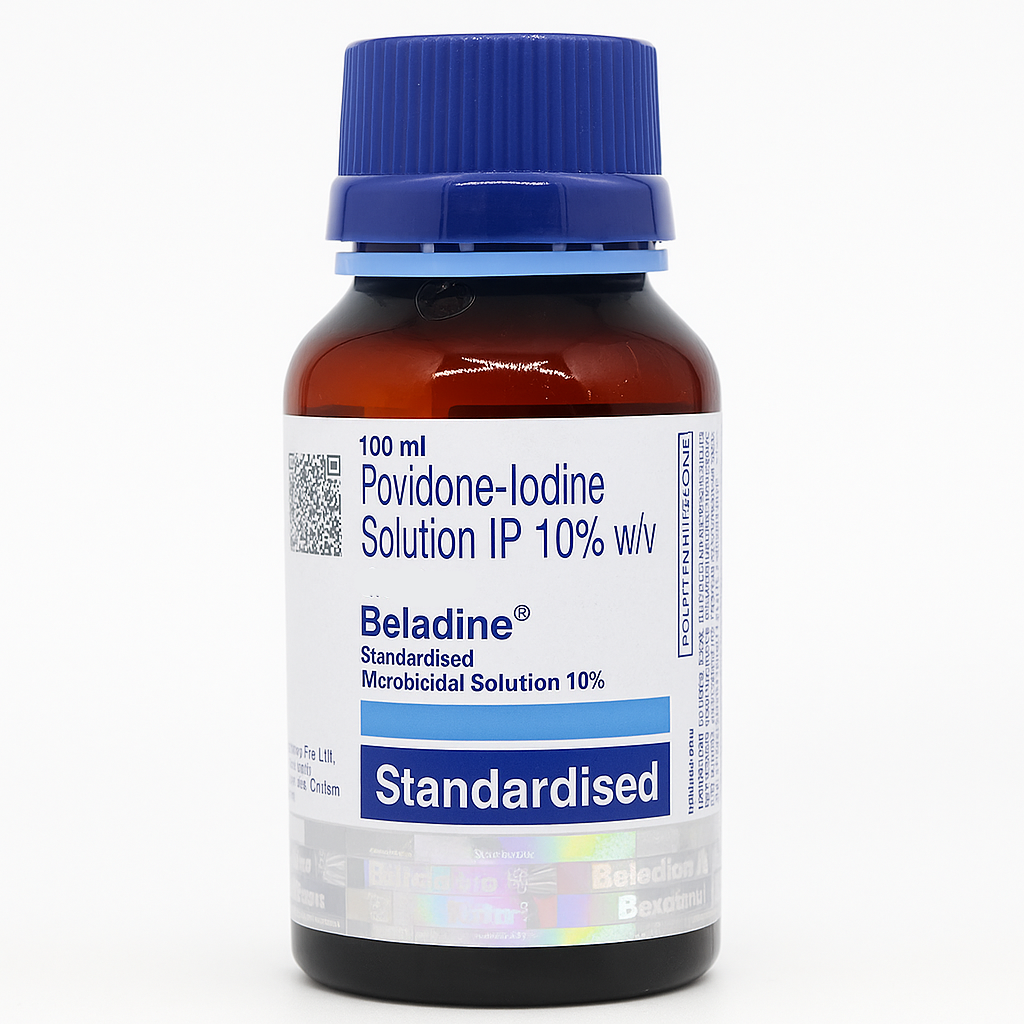

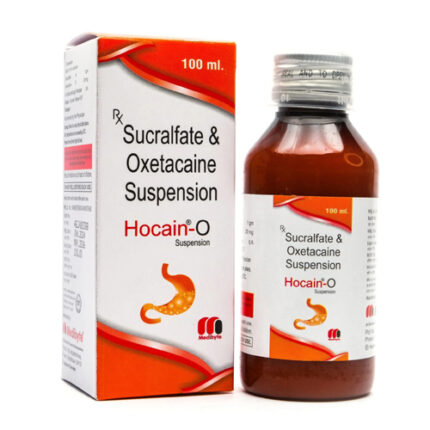
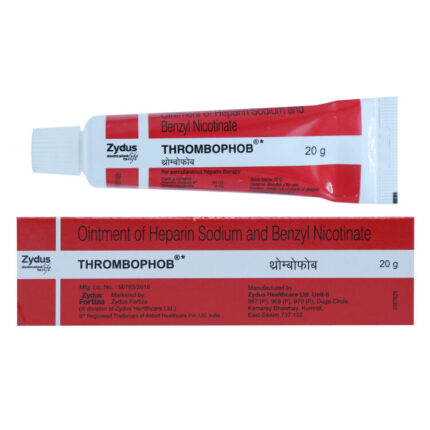
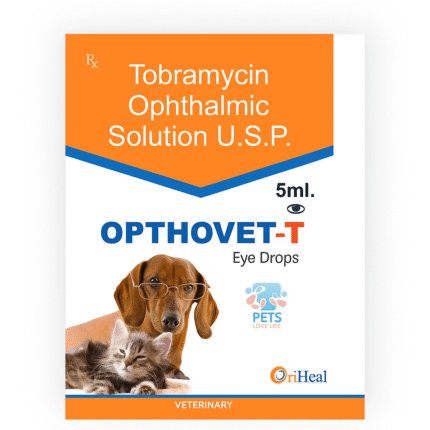
Reviews
There are no reviews yet.